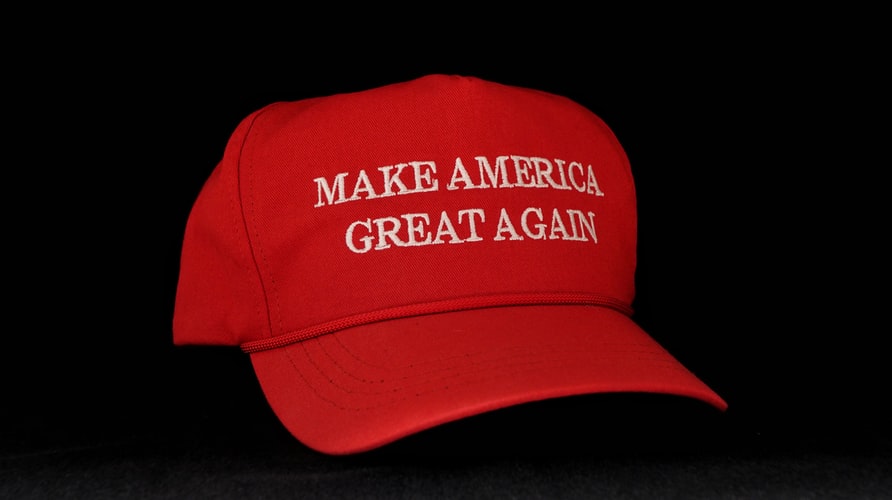
Washington, D.C. – Trump’s new political action committee (PAC), Save America, is newly recognized by the Federal Election Commission (FEC). The rumor mill is already spinning about what this PAC may be capable of in future elections. Although the 2020 election is over, one rumor holds that this PAC is fundraising for an election defense task force. Another maintains Trump wants to hold sway in GOP politics for years to come. With the wealth Trump has, it’s not unrealistic to assume the power such a PAC could have.
But why care about Save America right now? Truthfully, this PAC could play a huge role in campaign financing and set precedent for future elections. The 2020 election already broke campaign spending records, a feat that could replay in the near future.
Why should we care about Save America?
Let’s start by breaking down the definition of a PAC. According to the FEC, a PAC is neither a party committee nor an authorized committee of a political candidate. Rather, it is an entity that collects donor contributions and distributes them to candidates.
Save America is categorized as a leadership PAC. A leadership PAC is formed by a candidate or officeholder; in this case, the president. The PAC is financed, maintained, and/or controlled by the candidate or officeholder. However, the PAC is not an authorized committee of the candidate, and the PAC does not include political party committees.
What does this mean in the case of Save America? Sponsored by the Make America Great Again joint fundraising committee, the Save America PAC is “legally unaffiliated” with Trump’s campaign committee. Save America cannot legally “solicit, receive, direct, transfer, spend or disburse funds in connection with an election for federal office.” This means Save America can’t support Trump should he run for office in the future.
Even with limitations, Save America will make a political impact. It is possible for leadership PACs to manage and distribute funds in non federal elections.

How could Save America impact American campaign financing?
In a statement, Trump campaign communications director Tim Murtaugh acknowledged this PAC was always in the cards for Trump. “The president always planned to do this, win or lose, so he can support candidates and issues he cares about, such as combating voter fraud.”
Murtaugh openly admits Trump’s desire to exert political influence beyond the limitations of the presidency. But what are the fiduciary limits of that influence?
Individual donor donations to a leadership PAC are capped at $5,000 annually. In the four years before the next presidential election, individual donations could total $20,000. That’s undoubtedly a lot of money, especially seeing as these are individual donations.
Comparatively, the individual donation limitation for candidate committees sits at $2,800. In analyzing the numbers, it’s highly likely the Make America Great Again committee saw an opportunity to maximize individual contributions. Save America is the financially smarter decision for GOP fundraising in the long-term, although Trump can’t use this PAC politically.
It’s clear that Trump wants to focus on the future, but Save America may be fundraising in the present. Reportedly, the president is funneling contributions to the new PAC to fund his lawsuits in multiple U.S. states. This theory holds some weight. In recent emails to Trump supporters, the fine print raises eyebrows. 60% of donations go to Save America while 40% goes to the Republican National Committee’s operating account. That’s a large chunk of the proceeds feeding into the newly-formed PAC.
Even if Trump runs for president in 2024, it’s illegal for him to use Save America for political clout. How could Save America influence future nonfederal elections? Will GOP politicians flock to Save America to boost their political credibility?
Thumbnail Credit: C Drying/Unsplash (images may be subject to copyright)
Lead developer and editor; legal/political reporter for the Current Affairs Times. World traveler. Mac 'n' cheese lover.



